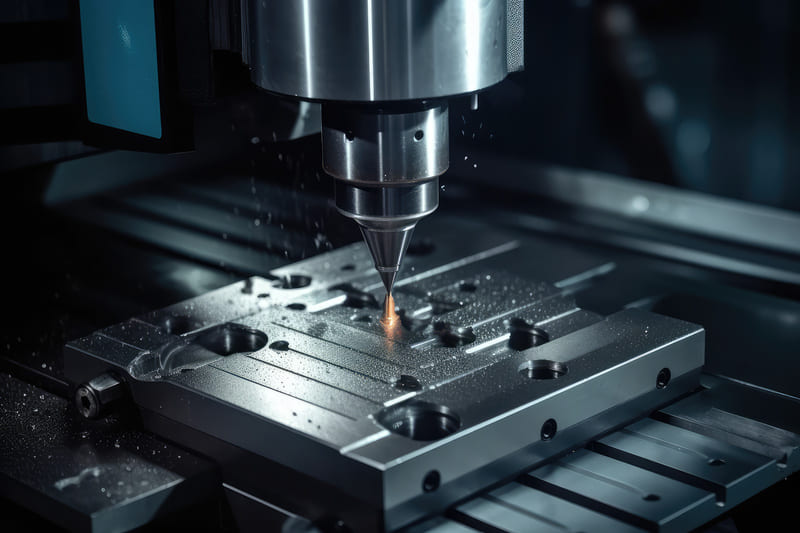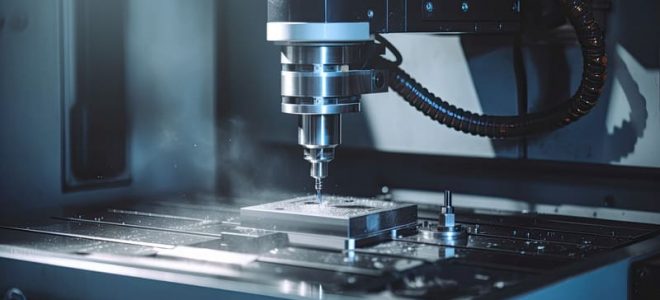Milling is a manufacturing process that uses a cutting tool mounted on a rotating spindle. It allows selective removal of material from a block of raw substrate. During the milling process the workpiece is fitted to a table which moves and rotates on different planes, allowing the tool to work at various angles.
Application of milling in the medical field
Due to the application of milling in the medical field, it is possible to manufacture medical equipment from a vast variety of materials, such as surgical grade stainless steel, titanium, polypropylene, and polyethylene. This manufacturing process also allows making parts to exceptionally tight tolerances, even as small as +0.0001”, and enables better adjustment of medical equipment. Furthermore, precision milling enables the minimization of devices and provides designers with the ability to create personalized appliances. To sum it up, the application of milling in the medical field facilitates the production of very precise devices that can answer individual needs of a user and, as a result, greatly improve their quality of life.
Why is milling important for the medical field?
Milling holds a great significance for the creation of high quality components for medical equipment. It provides precise and smooth surfaces, which makes it a great technique for manufacturing critical components. Milling is used to ensure that small parts of medical equipment fit together accurately and function as intended. These parts play an important role in the process of adjusting medical equipment to the individual needs of the user, and greatly improve the safety of medical devices. Milling applied in the medical field offers:
- accuracy and precision needed in the process of creating complex shapes and designs,
- automation and fast turnaround times, which increases productivity and efficiency of the manufacturing of medical equipment,
- reliability and consistent quality due to consistency and repeatability of production,
- waste and material usage reduction,
- effective production of small or large batches of components at a relatively low cost,
- improved surface finishes and texture options. Milling techniques in the medical field
All milling machines use high-speed, rotating cutting devices. They can apply one or multiple cutters at a time. Milling can be vertical or horizontal.
Vertical milling
Vertical milling requires the use of a vertical spindle that runs perpendicular to the work table. The spindle can be adjusted up and down. Its head is attached to the column which rotates at an angle. Vertical milling can be applied for metal, wood, and plastic workpieces. This technique enables the creation of grooves, slot keyways, flat surfaces, as well as drilling and boring holes.
Horizontal milling
Horizontal milling requires the use of a horizontal spindle that runs parallel to the table. The workpiece lies horizontally while the cutting device moves vertically. This technique is applied in the manufacturing of larger workpieces and is meant to make rougher cuts.

The importance of precision and accuracy for milling services
Milling services, especially the ones with an application in the medical field, need to be characterized by outstanding precision and high accuracy, as well as great consistency. Only that way they can adhere to the required standards of the industry. Precision and accuracy of milling allow medical devices, whether they are surgical tools or implants, to:
- abide to the exact dimensions which enables them to function effectively,
- consistently achieve micron-level tolerances,
- avoid roughness,
- reach a high level of repeatability.
Due to the precision and accuracy, milling is also a perfect manufacturing method to achieve even the most complex geometries of medical parts.

